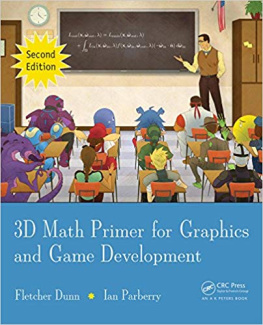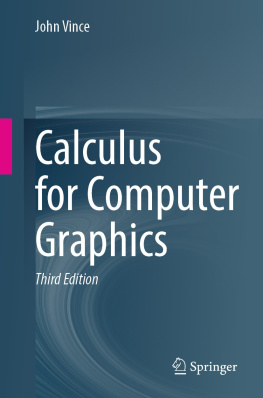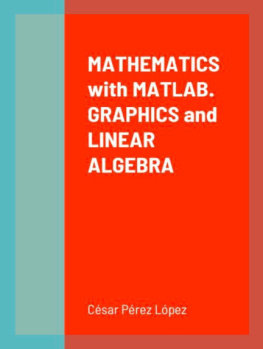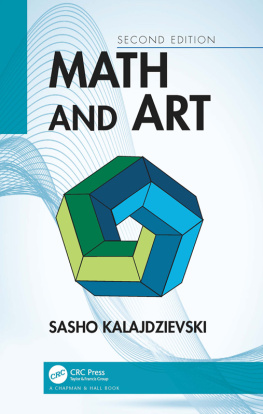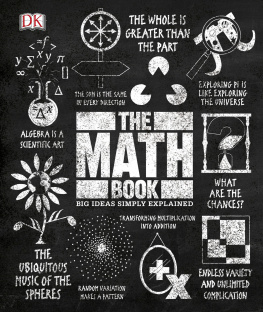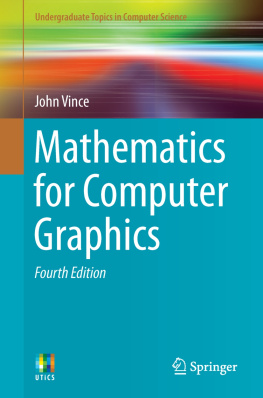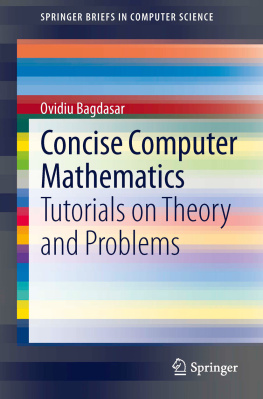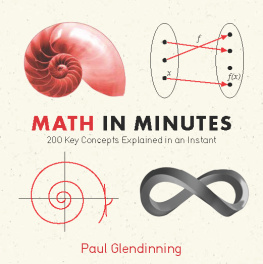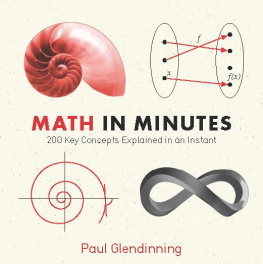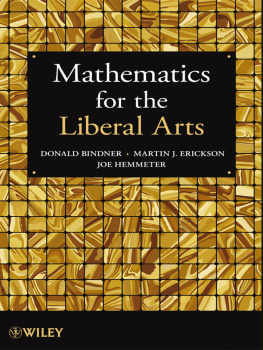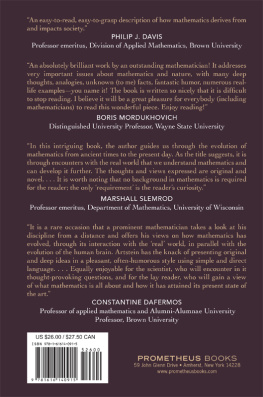Fletcher Dunn [Dunn - 3D Math Primer for Graphics and Game Development, 2nd Edition
Here you can read online Fletcher Dunn [Dunn - 3D Math Primer for Graphics and Game Development, 2nd Edition full text of the book (entire story) in english for free. Download pdf and epub, get meaning, cover and reviews about this ebook. year: 2011, publisher: A K Peters/CRC Press, genre: Children. Description of the work, (preface) as well as reviews are available. Best literature library LitArk.com created for fans of good reading and offers a wide selection of genres:
Romance novel
Science fiction
Adventure
Detective
Science
History
Home and family
Prose
Art
Politics
Computer
Non-fiction
Religion
Business
Children
Humor
Choose a favorite category and find really read worthwhile books. Enjoy immersion in the world of imagination, feel the emotions of the characters or learn something new for yourself, make an fascinating discovery.
- Book:3D Math Primer for Graphics and Game Development, 2nd Edition
- Author:
- Publisher:A K Peters/CRC Press
- Genre:
- Year:2011
- Rating:3 / 5
- Favourites:Add to favourites
- Your mark:
3D Math Primer for Graphics and Game Development, 2nd Edition: summary, description and annotation
We offer to read an annotation, description, summary or preface (depends on what the author of the book "3D Math Primer for Graphics and Game Development, 2nd Edition" wrote himself). If you haven't found the necessary information about the book — write in the comments, we will try to find it.
This engaging book presents the essential mathematics needed to describe, simulate, and render a 3D world. Reflecting both academic and in-the-trenches practical experience, the authors teach you how to describe objects and their positions, orientations, and trajectories in 3D using mathematics. The text provides an introduction to mathematics for game designers, including the fundamentals of coordinate spaces, vectors, and matrices. It also covers orientation in three dimensions, calculus and dynamics, graphics, and parametric curves.
**
ReviewWith solid theory and references, along with practical advice borne from decades of experience, all presented in an informal and demystifying style, Dunn & Parberry provide an accessible and useful approach to the key mathematical operations needed in 3D computer graphics.
Eric Haines, author of *Real-Time Rendering
The book describes the mathematics involved in game development in a very clear and easy to understand way, layered on the practical background of years of game engine programming experience.
Wolfgang Engel, editor of GPU Pro*
Fletcher Dunn has been programming video games professionally since 1996. He served as principle programmer at Terminal Reality in Dallas, where he was one of the architects of the Infernal engine and lead programmer on BloodRayne. He was a technical director for the Walt Disney Company at Wideload Games in Chicago, where he was the lead programmer for Disney Guilty Party, which won IGNs Family Game of the Year at E3 2010. He is currently a developer at Valve Software in Bellevue, Washington.
Ian Parberry is a professor in the Department of Computer Science and Engineering at the University of North Texas. Dr. Parberry has more than a quarter century of experience in research and teaching and is nationally known as one of the pioneers of game programming in higher education.
Fletcher Dunn [Dunn: author's other books
Who wrote 3D Math Primer for Graphics and Game Development, 2nd Edition? Find out the surname, the name of the author of the book and a list of all author's works by series.

